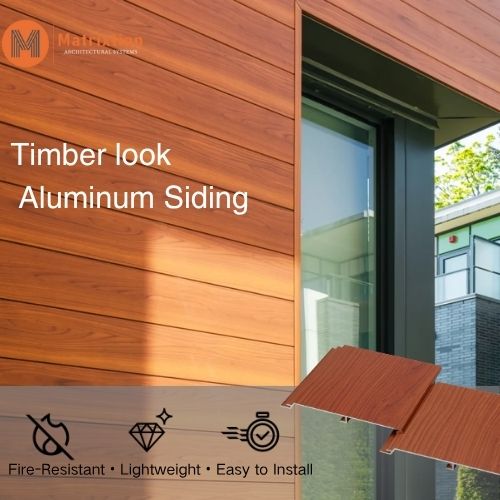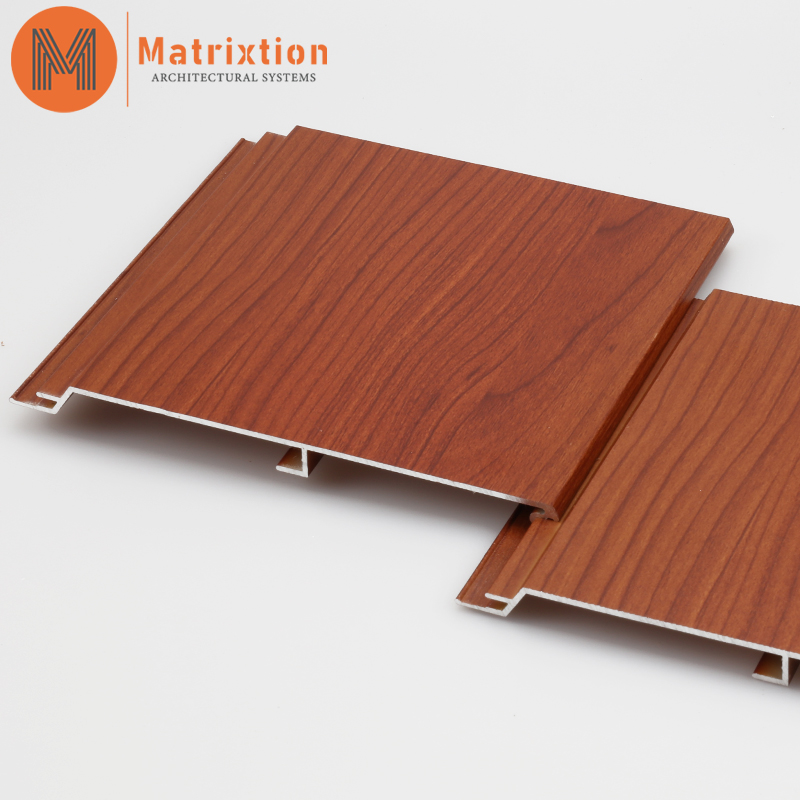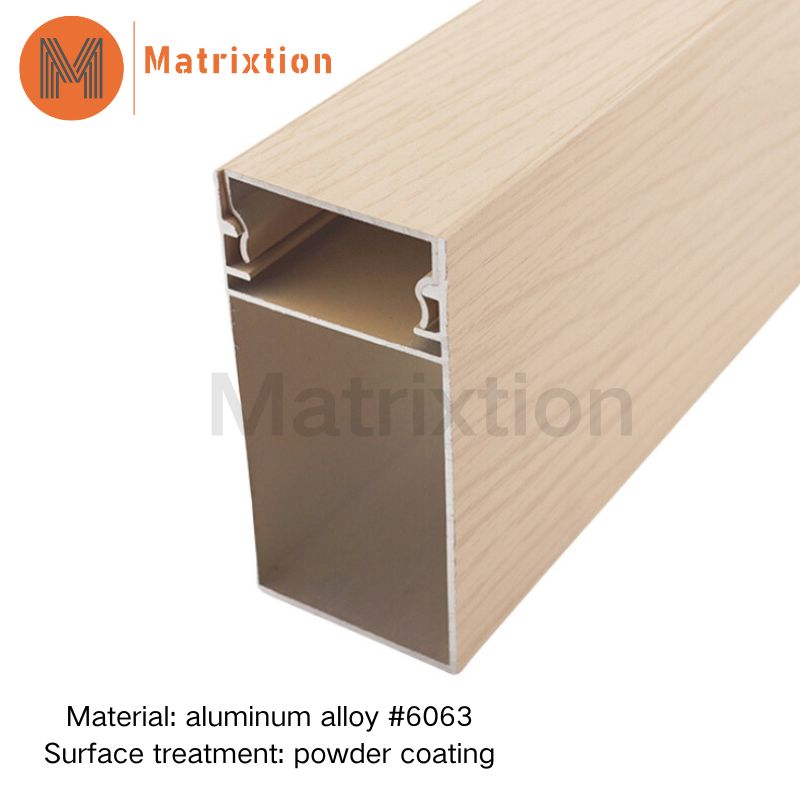What are the problems with aluminum cladding for exterior walls?
In recent years, with the rapid development of the construction industry, aluminum cladding has gradually become a popular choice among exterior wall decoration materials. It is widely used in the exterior wall decoration of various commercial, residential and public buildings with its advantages of lightness, corrosion resistance, easy processing and beautiful appearance. However, with the popularity of aluminum cladding, some problems have gradually been exposed, posing a considerable challenge to the safety, durability and maintenance of buildings.
1. Fire hazards
Although the aluminum cladding material itself is a non-combustible material, the internal structure of the aluminum cladding curtain wall system usually contains insulation materials such as polyurethane foam or mineral wool. If there are problems with these materials during the selection or installation process, they may become a fire hazard. The Grenfell Tower fire in London in 2017 is a typical case. After the fire broke out, the flames spread rapidly through the aluminum cladding of the exterior wall, causing the entire building to fall into flames in a short period of time. The fire has aroused widespread global attention to the fire resistance of aluminum cladding materials, and prompted the construction industry in many countries to begin to re-examine the use specifications and fire protection requirements of aluminum cladding.
2. Structural strength and durability issues
Aluminum cladding materials may have a problem of reduced structural strength due to the influence of the external environment during long-term use. Although aluminum materials are light, they are insufficient in structural properties such as compression resistance and bending resistance compared to materials such as steel. Especially in areas with large wind loads, aluminum cladding may be deformed or even fall off due to wind pressure. This will not only affect the beauty of the building, but more seriously, it may pose a safety threat to pedestrians and the surrounding environment.
In addition, aluminum materials are prone to electrochemical corrosion in humid environments, especially when in contact with other metal materials. This corrosion phenomenon is more obvious. Electrochemical corrosion will cause the strength of the aluminum cladding to gradually decrease, and eventually cracks or holes will appear, affecting the waterproof performance and overall durability of the building.
3. Construction quality issues
Quality control during the construction of aluminum cladding is very important, but in actual projects, construction quality problems are common. Since aluminum cladding construction involves multiple processes, including cutting, bending, installation, etc., negligence in any link will affect the final construction quality. For example, improper treatment of aluminum plate joints may cause rainwater leakage, which in turn causes moisture and mold on the inner layer of the exterior wall. For another example, if the aluminum plate is not firmly fixed, it may cause the aluminum plate to loosen or fall off under the action of wind pressure or vibration.
The bonding material used during the construction process is also a potential risk point. If the bonding material is of poor quality or improperly selected, it may cause the aluminum plate to be loosely bonded to the base layer, especially under extreme climatic conditions such as high or low temperatures, the performance of the bonding material is more likely to deteriorate, thus affecting the overall stability of the aluminum cladding.
4. Cost and maintenance issues
The initial construction cost of aluminum cladding is relatively high, especially in projects with large building areas, this cost is more significant. Although aluminum cladding materials show good aesthetics and functionality in the early stage of use, their maintenance costs gradually become prominent over time. The surface of aluminum materials is prone to accumulate dust and pollutants, especially in urban areas with severe air pollution. The surface of aluminum cladding may lose its luster in a short period of time, affecting the overall appearance of the building.
In addition, aluminum cladding may also have color difference problems during use, especially when exposed to sunlight for a long time, the surface of the aluminum plate may change color due to oxidation or aging of the coating. This phenomenon not only affects the appearance, but also may cause an inharmonious visual effect on the building's exterior wall, requiring partial replacement or repainting, which invisibly increases maintenance costs.
5. Environmental protection and recycling issues
Although aluminum materials themselves are recyclable, the use of aluminum cladding is not necessarily environmentally friendly. First, the production process of aluminum is energy-intensive, especially the production of electrolytic aluminum, which produces a large amount of greenhouse gases such as carbon dioxide. Secondly, during the demolition process, aluminum cladding is often mixed with other materials, such as insulation materials and adhesives. These mixed wastes are difficult to handle and recycle, and are prone to secondary pollution to the environment.
At the same time, although aluminum materials have a high recycling value, in the actual recycling process, the recycling rate is not as ideal as expected because aluminum cladding often needs to undergo complex separation treatment. This low recycling rate not only wastes precious resources, but also increases the burden of waste aluminum cladding on the environment.
Conclusion
As a new type of building material, although the exterior wall aluminum cladding performs well in terms of aesthetics and functionality, its potential problems should not be ignored. From fire hazards, structural strength, construction quality to maintenance costs and environmentally friendly recycling, every link affects the safety and long-term use of the building. Therefore, when selecting and using aluminum cladding, architects, constructors and owners must comprehensively consider various factors to ensure the rational application of aluminum cladding and avoid the potential risks it brings.




